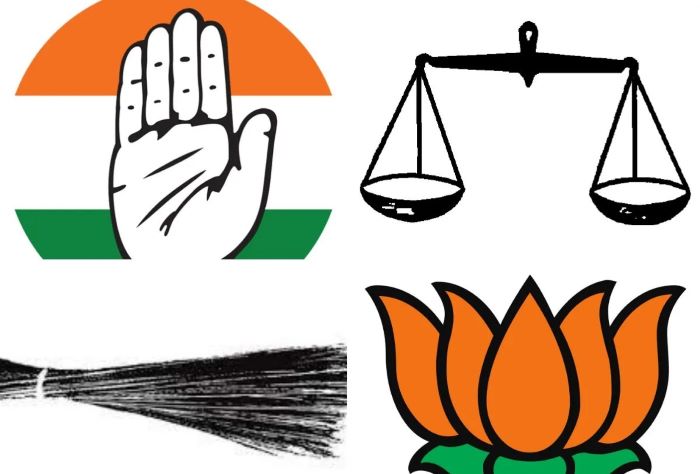The Tarn Taran Vidhan Sabha by-election of November 2025 has triggered a pr edictable wave of instant political reading—some celebratory, some alarmist, much of it untethered from the rhythms of a low-turnout by-poll. In my op-ed published today in ThePrint.in, titled “Sukhbir Singh Badal didn’t win Tarn Taran. But results recognise his party as real Akali Dal,” I argue that this contest should be understood as a sharply defined snapshot, not a statewide forecast.
edictable wave of instant political reading—some celebratory, some alarmist, much of it untethered from the rhythms of a low-turnout by-poll. In my op-ed published today in ThePrint.in, titled “Sukhbir Singh Badal didn’t win Tarn Taran. But results recognise his party as real Akali Dal,” I argue that this contest should be understood as a sharply defined snapshot, not a statewide forecast.
(You may click the caption above to read the full article.)
AAP’s Harmeet Singh Sandhu—himself a three-time former MLA on a Shiromani Akali Dal ticket—won the seat comfortably by over 10,000 votes. This margin signals less an ideological shift than the effective functioning of AAP’s booth machinery: its ability to transfer organisational votes to a candidate with deep local roots, while foregrounding themes of governance, welfare delivery, drug control, and law-and-order. Tarn Taran, in that sense, was an exercise in electoral craftsmanship rather than a referendum on Punjab’s political future.
The by-election was triggered by the passing of AAP MLA Dr Kashmir Singh Sohal in June 2025. Given AAP had already won Tarn Taran with a strong mandate in 2022, this year’s result builds on pre-existing terrain. What is more revealing is the ranking of the challengers.
The Shiromani Akali Dal (SAD) under Sukhbir Singh Badal finished a clear second—unequivocally ahead of the Waris Punjab De–backed independent endorsed by the Giani Harpreet Singh–aligned faction, and significantly ahead of the Congress, which limped to fourth place. That order matters. It suggests that despite speculation since the 2024 Lok Sabha surge in Khadoor Sahib and Faridkot, radical or quasi-radical formations have not displaced SAD (Badal) as the default Panthic vehicle. The voters, when forced to choose in a compressed by-election ecology, placed the established Akali organisation ahead of both splinters and experiments.
Sukhbir Badal’s campaign deserves note. Re-elected as party president earlier this year, he spent months in visible relief work during Punjab’s September floods, followed by intensive booth-level mobilisation, hospital and skills-institute announcements, and firm engagement with the Election Commission over district-level policing. This combination of relief, resilience, and organisational grind helped SAD reclaim recognition—even in defeat—as Punjab’s authentic regional formation.

The Congress’s fourth-place finish underscores the hollowing of its district networks. The BJP’s distant fifth place reaffirms how far it remains from meaningful presence in rural-border Majha.
The key takeaway is straightforward: Tarn Taran is evidence, not prophecy. By-elections amplify local patronage and turnout quirks; they do not sketch the map for 2027. But they do reveal something important: Punjab’s voters still draw a line between sentiment and structure, between symbolism and the parties they trust to run the state.
For those interested in a fuller exploration, the complete op-ed—“Sukhbir Singh Badal didn’t win Tarn Taran. But results recognise his party as real Akali Dal”—offers a detailed analysis.